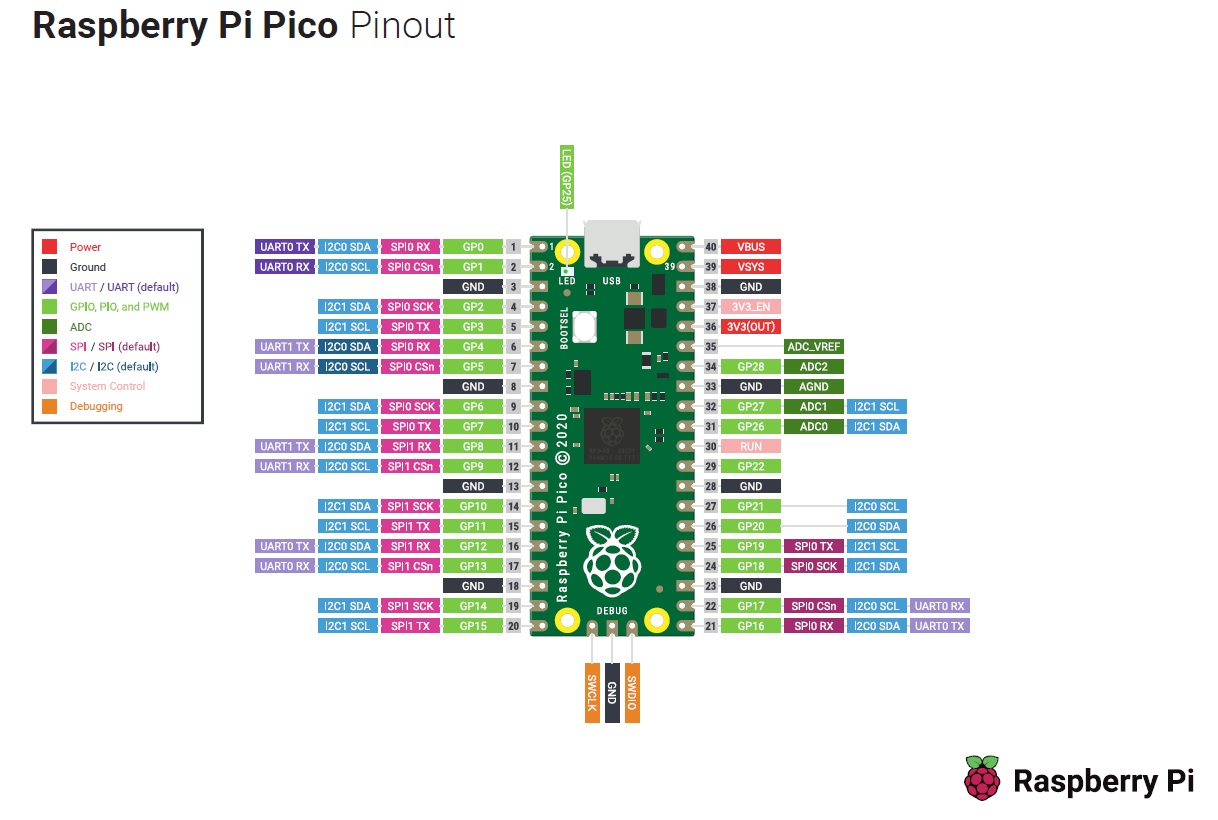

You can get the latest build of CircuitPython from the download page on the CircuitPython website. Of course, the first thing you’ll need to do to start working with CircuitPython is to install it on your Pico. Installing CircuitPython on the Raspberry Pi Pico This lack of concurrency will cause issues with some more advanced applications, and combined with the lack of support for interrupts will make CircuitPython unsuitable for some applications.īut if you’re looking for an easy-to-use development language with a wealth of libraries and code samples it’s hard to beat.Ĭonsider it as one more tool that you can use to build things with the Pico and other microcontrollers. Also, by making use of the Adafruit Blinka library you can also access virtually any Python 3 library.ĬircuitPython is particularly great for beginners, as code in CircuitPython all run sequentially and multiple files are run one at a time. One of the biggest advantages is the availability of libraries and drivers for a variety of boards and peripherals, as of this writing, there are over 300 of these available. Originally CircuitPython was only available for Adafruit SAMD21 (M0) boards, but it has grown to support over 175 boards from a number of different manufacturers.Īlthough CircuitPython lacks some of the features of MicroPython it has some advantages. CircuitPythonĬircuitPython is a “fork” of MicroPython and was first published by Adafruit in 2017. And with Arduino’s involvement, we should also see support for C++ development on our favorite IDEs.īut right now we have this wonderful microcontroller and would like to start building things with it to exploit its unique capabilities.ĬircuitPython provides us with the ability to do this right now.


With these boards will come more sample code and libraries for both C++ and MicroPython. This situation will obviously be changing very soon, with new boards from Adafruit, Sparkfun, and Arduino which should be released shortly. It’s an important point to make note of, because as of this writing the Pico is the only RP2040-based board available.īecause of the “newness” of the Raspberry Pi Pico, there is a lack of MicroPython software examples and no support (yet) for C++ development on popular IDEs like the Arduino IDE or PlatformIO. I’m writing this article about a month after the introduction of the Raspberry Pi Pico. If you aren’t familiar with the Pico please see my article Raspberry Pi Pico – How to Interface (almost) Everything to get all caught up. We’ll see how we can take advantage of Adafruit’s large base of CircuitPython libraries to build some great projects with our Pico. Today we’ll take a look at CircuitPython, another way to program the Raspberry Pi Pico. 8.1 Installing the Adafruit Neopixel Library.5.2 Installing the Adafruit HID Library.



 0 kommentar(er)
0 kommentar(er)
